Bernard, a capable age group triathlete asked me
“How do I pace correctly on a windy out and back (or loop) course? If it’s a tailwind on the way out, I tend to go out too hard and blow up in the headwind on the way back. Is there a correct way to pace a race like this?”
1. About the Wind
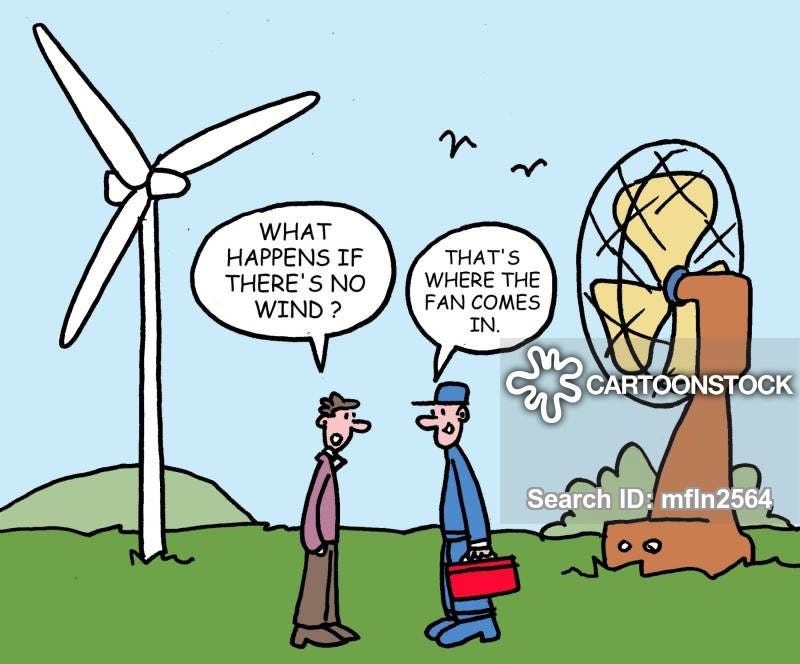
Wind is simply the air in motion. It is mainly produced by the uneven heating of the earth’s surface by the sun. This is also why the wind is higher in the middle of the day when the sun is beating down near you (see figure “daily wind fluctuations”). Early morning hours (5 am -9 am) and 8pm to Midnight are “Golden Hours”. A hard effort at 20mph in the near windless hour of 5 am or 10pm is roughly the same as biking 6mph into 14mph headwinds at 2 pm (however be careful about temperature as a cold morning means high air density).
Since the Earth’s surface is made of various land and water formations, it absorbs the sun’s radiation unevenly. As the sun warms the Earth’s surface, the atmosphere warms too. Warm air, which weighs less than cold air, rises.
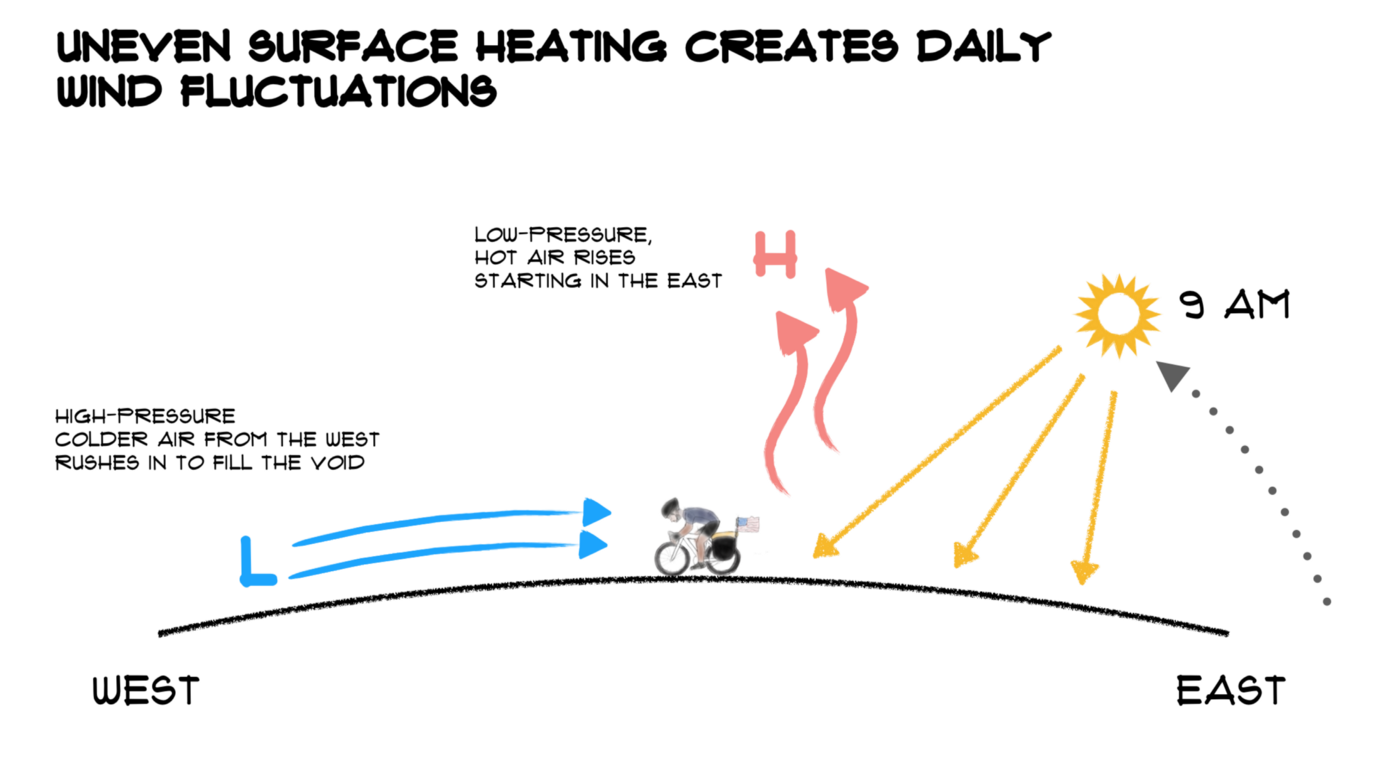
Then cool air moves in and replaces the rising warm air. This movement of air is what makes the wind blow. The global wind atlas tracks this country by country and you can see that coastal areas in northern hemisphere are the most windy…like the UK. Doh!

Lets also mention that the wind is rarely smooth and even. It’s often gusty and blustery. These gust really sap energy because they cause a spike in torque and increase VI (variability index).
2. Wind Slows You (duh!)
Using a simple calculator (eg Bike Calculator) you can easily estimate the effect of a headwind. Here is an example originally by yellowjersey.co.uk which I have updated: take a beginner of 180w 84kg rider with 8kg bike (CDA 0.35) riding on the hoods at 30km/h *with no wind* would face a 5kph loss of speed for each 5km/h of additional headwind (bikecalculator gives a slightly lower figure).

Let’s look at this in terms of % speed loss, and you see there is a larger effect the slower your are going (ie at lower watts). A 20kph headwind will cost a beginner about 2/3rd of their speed but a serious club rider about half of their speed:
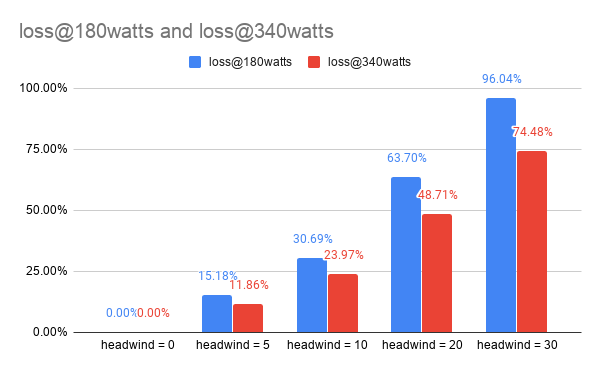
3. Tailwinds help, but not so much
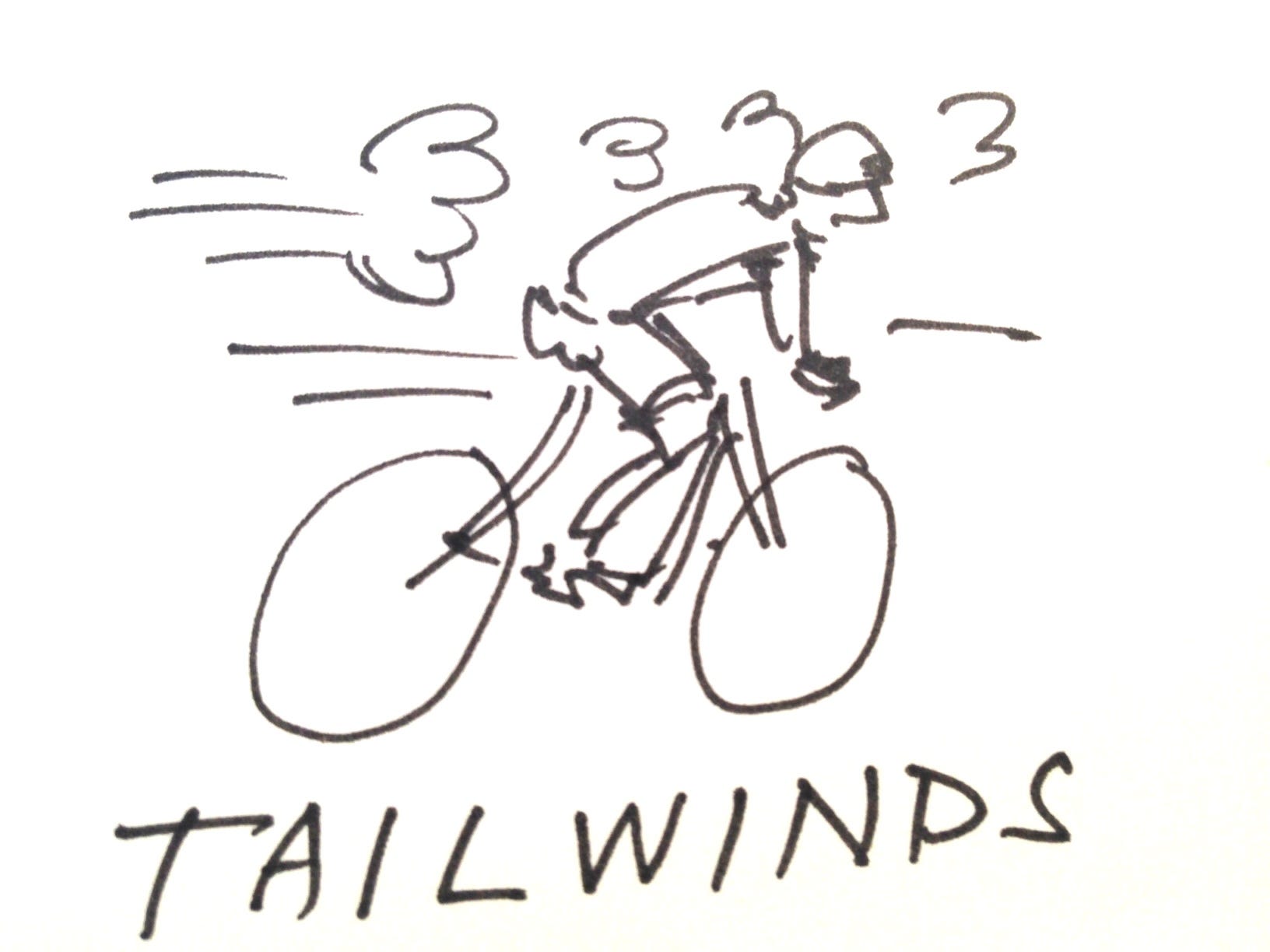
Tailwinds are great! Every cyclist loves a tailwind, but in reality they are a rare event! Why? Because you create your own wind by cycle relative to ground speed, so even if there was a 10kph direct tailwind, by cycling at 25kph your create an apparent headwind wind of 15kph! You can see the gain you get from a tailwind for the same rider as above in this chart.
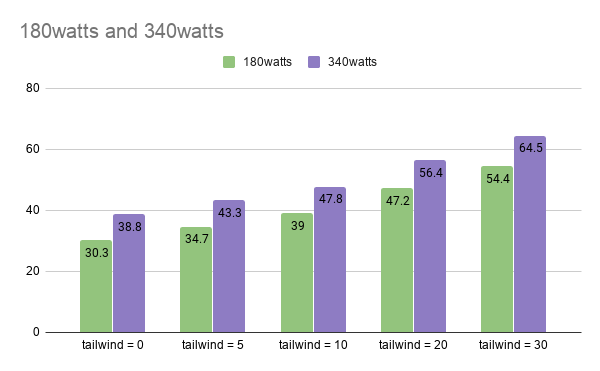
But sadly the gain from the tailwind is not as large as the losses in the headwind and as a result there is a net loss in speedw henever its windy on a looped course or an out and back. This is an important lesson. If it’s windy you can never go as fast overall (unless you are riding a tailwind section on its own). You can see that in a 20kph wind, there is a net loss of 1.2kph @ 180w and 0.65kph at 340w once your average the out and back times. Yes the stronger rider sees less of a “wind effect” but its still there.

However on this, Vic asked me, is a side wind eg 45deg faster *than a head-on wind* in an out and back course? The answer is Yes! always a side wind is faster for three reasons:
- Because the effective frontal component is less with a side-wind
- even if frontal component were were equalized, side wind is still faster because there is less variability during the ride(ask yourself which is faster riding 4x 250m hills or the same climb in 1 1k climb on a mountain?)….rule of thumb keep your VI low!
- the last reason is that aero components often perform best at +/-15deg

Similarly Mark asked me, is a side wind eg 15deg faster *than zero wind* or 90deg Wind in an out and back course? The answer is No! A side wind is always slower than zero wind for three reasons:
- Losses on the outleg (due to apparent frontal component) outweight gains on the home leg by roughly 3:1
- A 90deg perfect side wind always has some blustery frontal components and causes handling issues
- Any theoretic (aka implausible) sail effects are confined to the wheels, and likely on the front wheel, and tiny vs system losses
4. Power to Maintain Same Speed in Wind
Let’s say you felt your could power through the wind, by upping your power and maintaining your speed…..then what power would be needed if the wind was say a modest 10kph? Incredibly our 180w rider would need to produce (at least) 287w….which would be sustainable for only 160seconds according to fft.tips/curve

Let’s look at this another way, a very strong 287w club rider, who has been riding for 5 years would just be able to sustain 30kph on the flat in a 10kph headwind. A pro with an FTP of 428w would just be able to sustain 30kph on the flat in a 20kph headwind…..but then the pro would probably get on the drops (saving around 60w to go into this headwind!). yellowjersey.co.uk helpfully looked at the effect of all other power numbers to maintain speed in various headwinds:
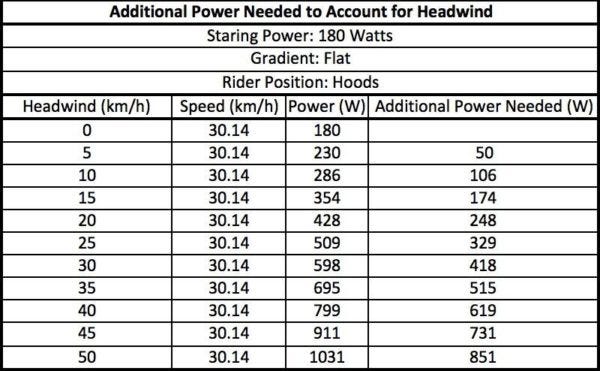
5. Understanding Wind Power as a Score
medium.com/riding-the-line looked at various wind conditions as a score.
- Lets say riding on a windless day at 13 mph then call this a wind power is (13)²=169; lets call this 1.
- If I’m biking with 10 mph tailwind, my wind factor is (13–10)²=9, roughly 1/20th the resistance.
- But if I’m biking into a 10 mph headwind, my wind factor is (13+10)²= 529, nearly 3x worse.

6. Wind Equivalent Gradient
The wind is tough physically and very unpredictable. Air resistance is already the biggest force in cycling and it is amplified by the wind. Climbing is also tough but you are rewarded by great veiws and a fun descent. Unlike climbing up a hill, when riding into the wind you often get that energy back in the tailwind: it’s lost to turbulence. BUT for fun, have you ever wondered how steep it would be to match the wind on a flat road? Here is the answer. A 10kph headwind is equal to about a 2% incline, a 20kph headwind equal to about a 5% incline, and a 30kph headwind is equal to about a 15% incline.

7. Pacing in an out and back course
In 2010 David Miller beat Alex Dowsett in the Commonwealth Games timetrial. There was a massive tailwind on the way out, and a block headwind on the way back. Dowsett did an almost even power split out and back but Millar remembers that he averaged around 395 watts on the way out, travelling at 57 kph with the tailwind. He was 3 seconds clear of Dowsett at the 20km turnaround point, then managed to average 450 watts for the way back (into the headwind) and an average speed in the range of 40–45 kph.By going harder into the headwind on the way back, Millar put another 52 seconds into Dowsett and won by 55 seconds. What was going on? Given that we know you lose more time going into a headwind than you make up in the tailwind, and we also know that you gain more speed per watt (or more bang for your buck) when going slower than when going faster* then Miller demonstrated you should push hard in slow conditions ie uphill, and into headwinds when riding solo against the clock.
Aerodynamic Drag = Drag Coefficient x Cross-Sectional Area x Air Density x (Relative Airspeed)²
the reason for this is that at power is roughly the cube of speed, and air resistance is the square of speed so at high speeds air resistance becomes impossibly difficult to overcome pretty quickly.
So if there were three power strategies in an out and back course they would be
A. Try and keep the same power out and back
B. Try and keep the same speed out and back
C. Try and push in the headwind and recover in the tailwind
But which one to use? It is easy to prove that riding at a constant speed minimizes total energy consumption when there are no external forces or course changes (a totally unrealistic situation). It is also pretty clear that riding at the same power is physiologically optimal because is minimizes variability index or the cost on your system of spikes in power. Unfortunately neither of these is best in windy conditions. Even with equal power (like Dowsett) you end up going disproportionately slower into the headwind and end up paradoxically using more energy overall because you are on the course for longer. The optimal strategy is C as shown here:
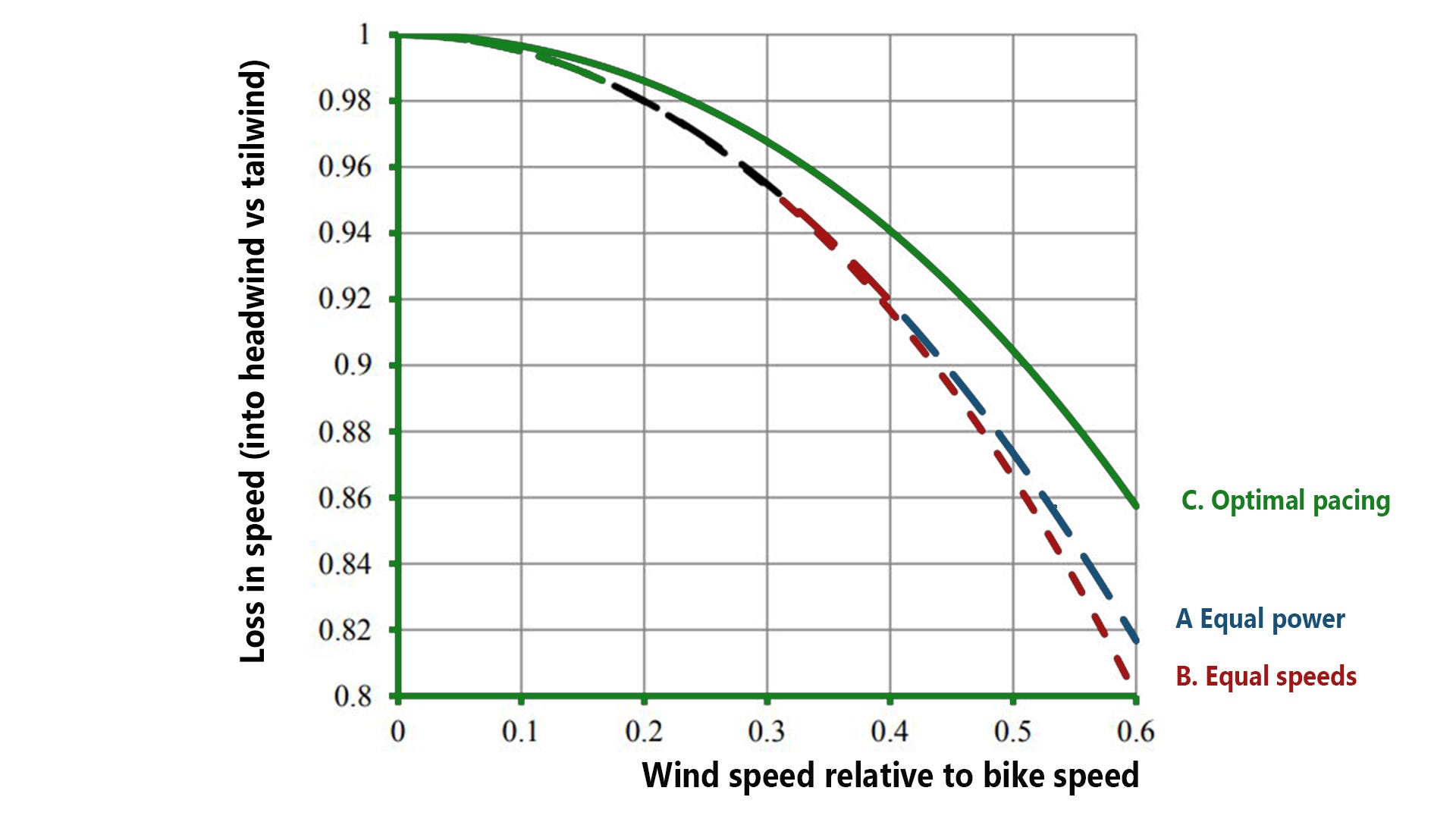
8. Magic Formula
I apologise this could get really complicated, so I am going to give a summary here. Finding the optimal pacing strategy is very tricky because if you push too hard into the wind, you have nothing left on the return leg. If it’s a tailwind on the way out, it is even more difficult because you feel superfresh at the start and I guarantee you will underestimate the power required on the way back. This is the hardest timetrial scenario.
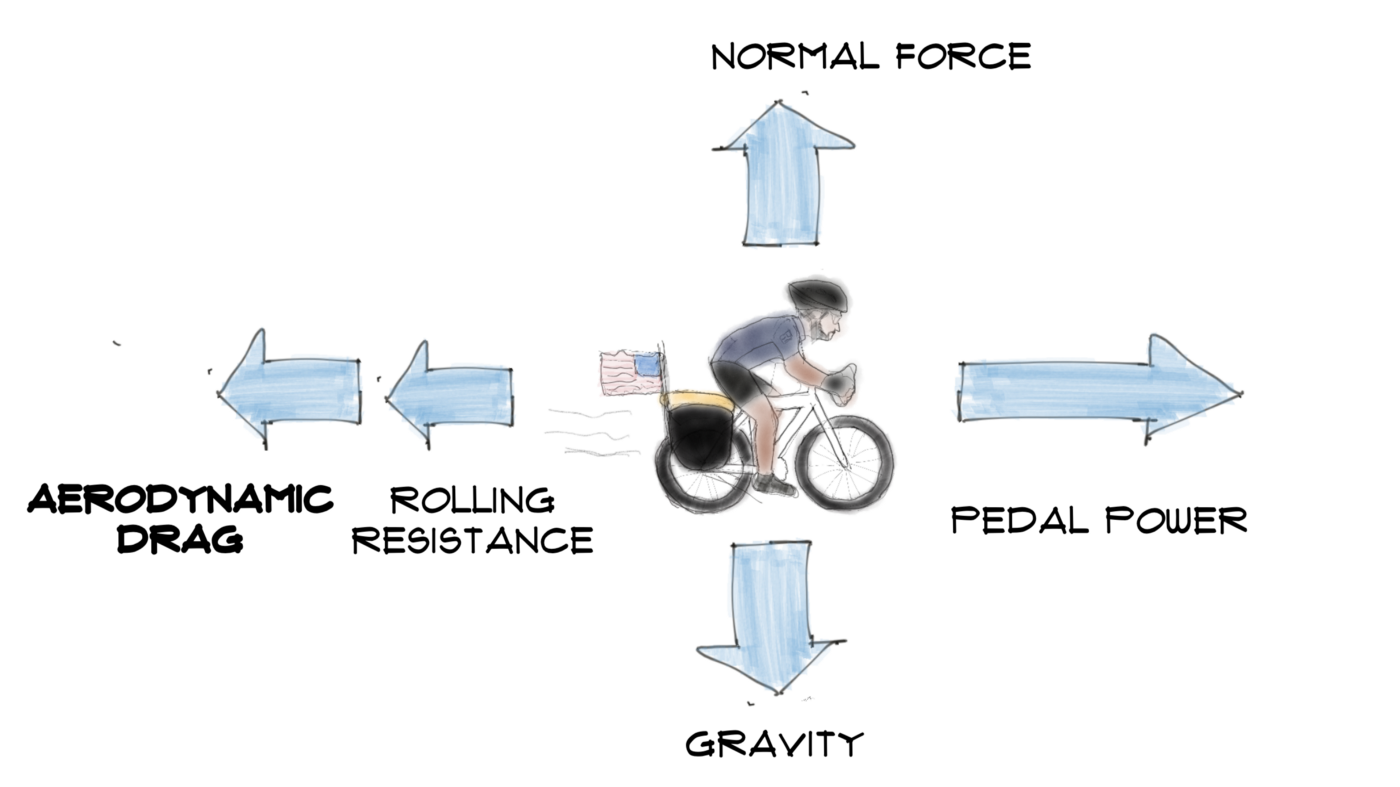
A simple rule of thumb is to pace at your normal speed + 1/4 of the effective yaw corrected windspeed when riding with a tailwind and then at your normal speed — (minus) 1/2 of the effective yaw corrected windspeed when riding into a headwind (courtesy of A. Brad Anton of Cornell University).
However this nice formula is not quite correct as we also have to adjust for length of the course. For those who are technically minded think of your W’ (w-prime). You have certain amount of energy determined by intensity x duration or area under the power curve. If you overpace the outleg more than your W’ then you will blow up on the way back (especially if the return is the headwind).
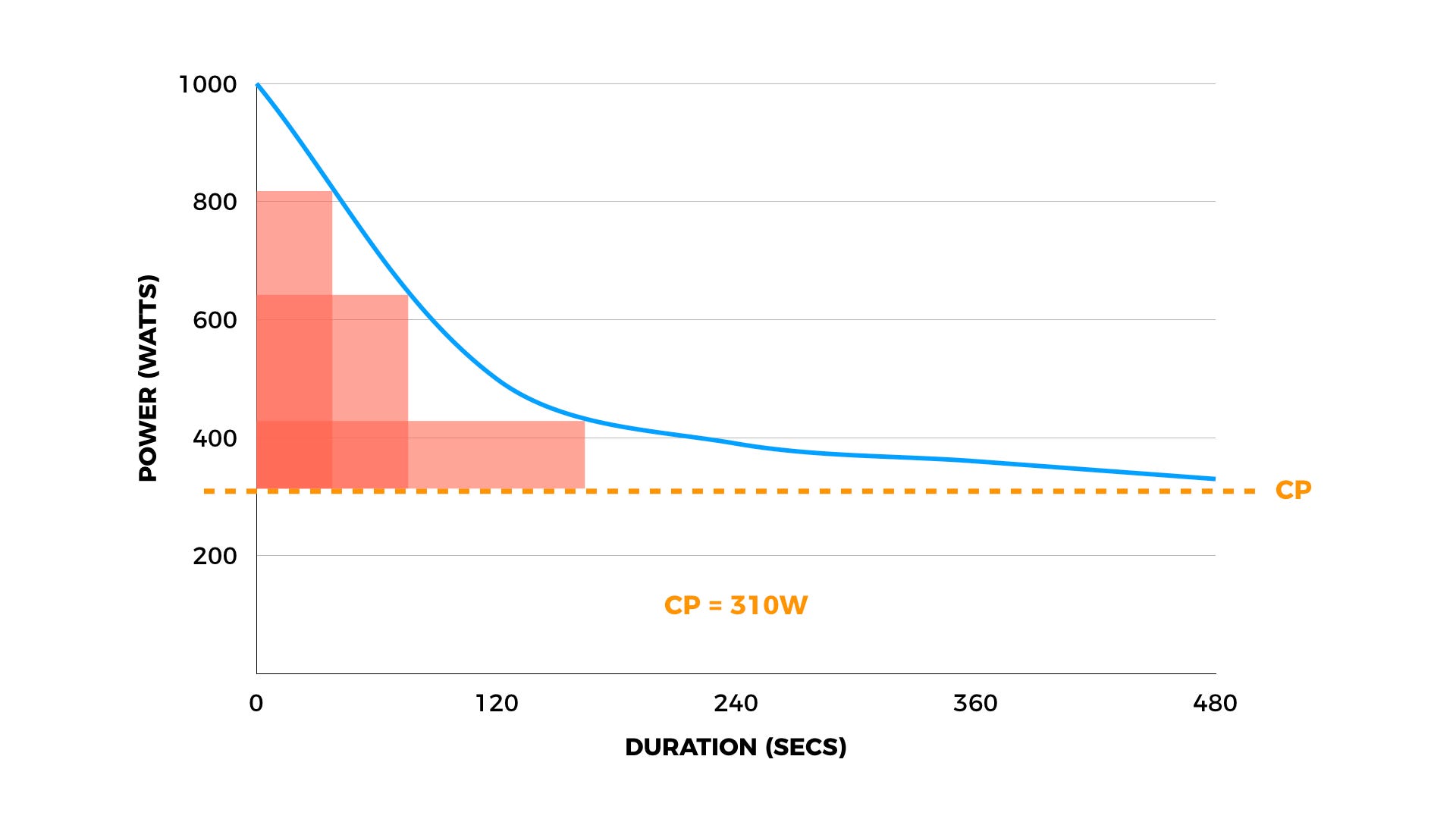
We also need to convert pacing by speed into a much more accurate pacing by power, because then we can anchor every rider around their FTP. And power will control for other minor variations in course conditions which speed based pacing will not handle. We will do this by creating a magic formula which will take all these factors into account!

Don’t worry if this is sounding horribly complicated, we have done all the hard work for you . We have a new google sheet, this time you enter your best power (usually your FTP) and your course length (in km or miles) and wind speed and yaw (above).
It will then tell you the power to ride into the headwind and with the tailwind. If it’s a small loop course you can divide it into two halves, if it’s a large 360 course, divide it into 4 quarters: headwind , sidewind, tailwind, sidewind where the sidewind is at your normal average power for this course.
Oh yes, here is the simple calculator: http://fft.tips/wind
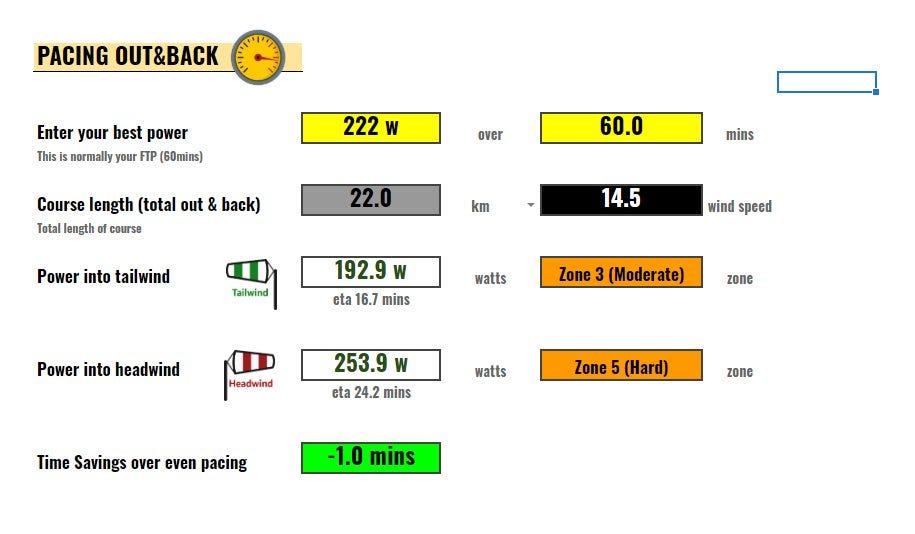
In this example the rider goes 31% harder into the headwind than with the tailwind but just below their power curve ability for the headwind section of 24mins.
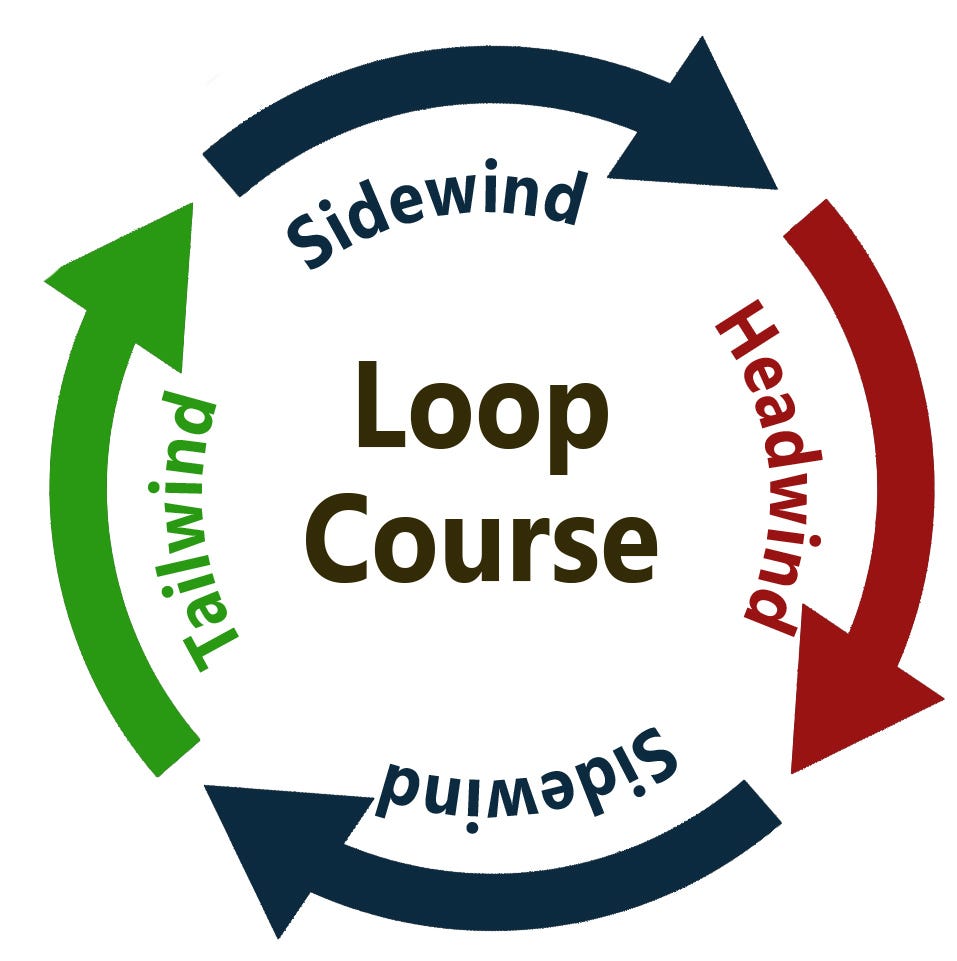
And now you can specify an out&back course or a looped course. On a looped 360 course, we break it down into quarters:
1/4 into a headwind | 1/4 into a tailwind | 1/4 side wind |1/4 side wind
So there you have it, now you have a dynamic calculator of exactly how hard to go into the wind and how easy to go in the tailwind. It will even tell you how much time you will save over an even power pacing strategy.
Boom!
